The Granddaughter of Chloé’s Founder on Legacy and Loving to Play Dress-Up
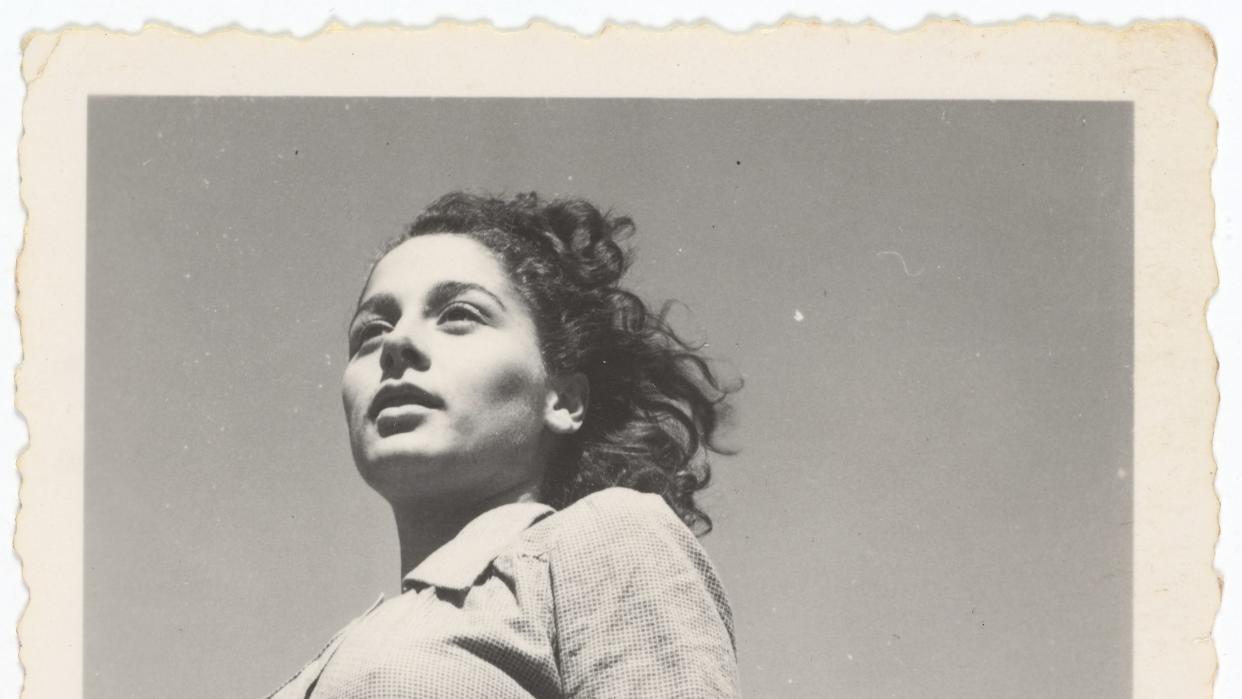
- Oops!Something went wrong.Please try again later.
Gaby Aghion—born Gabrielle Hanoka in Alexandria, Egypt, in March 1921—founded French fashion house Chloé in 1952. She was an entrepreneur, a champion of effortless style and modern, feminine design, one whose body of work is currently on display at the Jewish Museum in New York, in an exhibition titled “Mood of the Moment: Gaby Aghion and the House of Chloé.” Aghion built one of the most storied fashion labels of the past 70 years and helped kick-start the careers of Karl Lagerfeld, Stella McCartney, and Phoebe Philo, all of whom have pieces on display from their time as creative directors for the brand.
As you move from room to room in the exhibition, you are able to see the evolution of Aghion’s pioneering vision, beginning with her origin story and ending with what the curators call “the blouse room,” a space showcasing various iterations of one of the house’s signature pieces—the easy chicness of the blouse encapsulates Chloé’s dedication to making clothes that real women can and want to wear in everyday life. And while her legacy may be deeply rooted in fashion, it was always Aghion’s family that most genuinely fueled her creativity. Just ask her granddaughter Mikhaela Aghion, a consultant for fashion and luxury brands, who said as much during a Zoom call the day after a celebration for the opening of the exhibition, which runs through February 18.
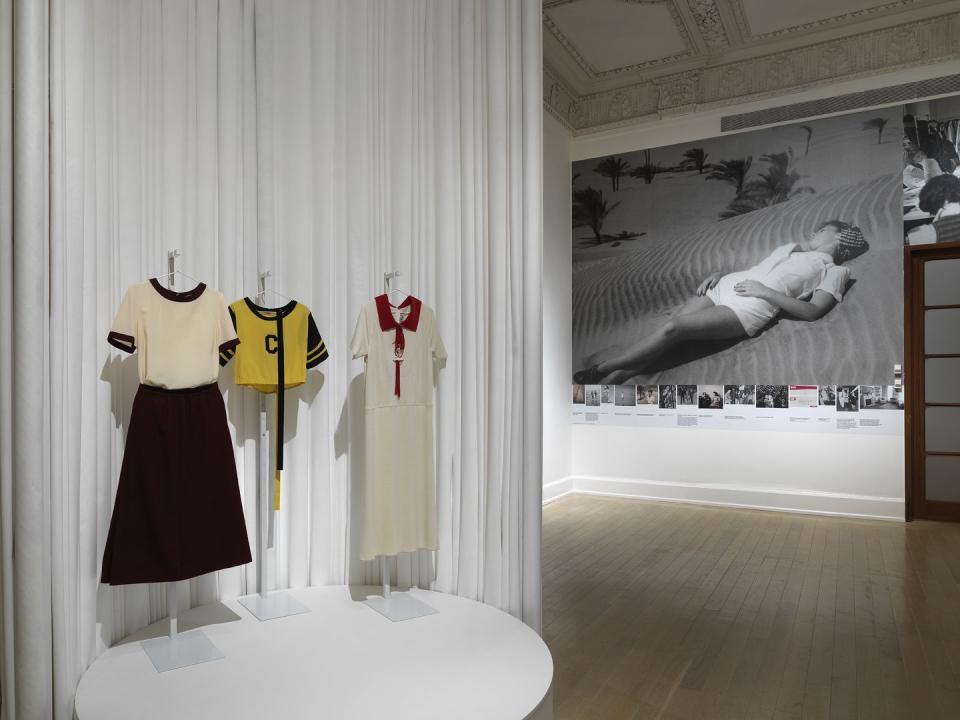
“She would tell me to open up her closet,” Aghion says of her grandmother, who passed away in 2014 and whom she refers to lovingly as Gaby. “Normally, a grandmother’s closet is a forbidden place for a child, especially when that closet is full of precious fabrics—there were definitely no plain, cotton garments in there. She would open up her closet and ask me, ‘What do you feel?’ She would do this at home, but also when we were in boutiques.” It was Gaby’s way, Aghion says, of teaching her by showing her, letting the girl determine her own feelings and opinions about the aesthetics, the weights of the fabrics, the silhouettes of the garments. Aghion jokes that she didn’t think it was “weird” that she, as a nine-year-old, knew what broderie anglaise was. “I’d say without a doubt, that the one person in my life that created a safe and fun place to explore my femininity was my grandmother. And I realize now how modern and forward that is, but she wasn’t thinking it was anything in particular—she just wanted me to explore in a playful way.”
Within the Aghion family, the act of play has never been seen as frivolous or silly, but as a learning tool to fuel one’s imagination and curiosity. (Aghion’s father is a decorated economics professor whose teaching models are often informed by aesthetic observations and mindful play.) Family time almost always revolved around exploring one’s inner self, even on vacations.
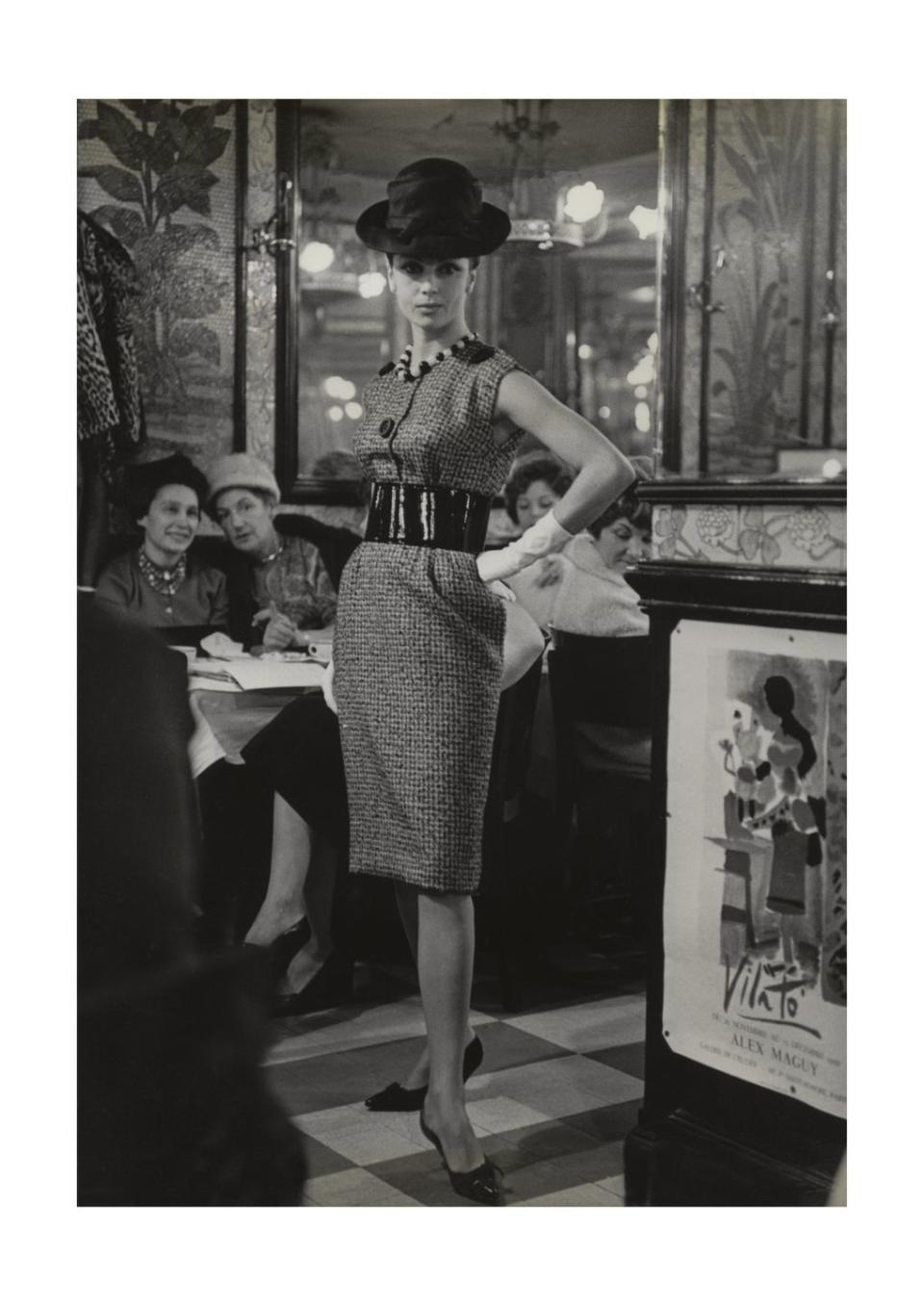
Aghion recalls one particular holiday with her brother, Gaby, and one of Gaby’s best friends, the Egyptian artist Céline Chalem. They were on the beach in the Mediterranean, and Chalem noticed a children’s dress-up competition was happening that day.
“She ran back to the hotel where Gaby was and said so excitedly, ‘We have to do this, Gaby! We have to enter Mikhaela in the competition!’ My grandmother said, ‘Okay, yes, but just calm down,’” Aghion says, laughing. “So they opened Céline’s jewelry box—which was all jewelry she sculpted, artist jewelry—and then my grandmother’s trunks and started throwing things on me, asking me how I felt about each look.” In the end, Aghion remembers she wound up looking something “like a Cleopatra, that’s what these two Egyptian ladies wound up creating.” Of course, she won the competition.
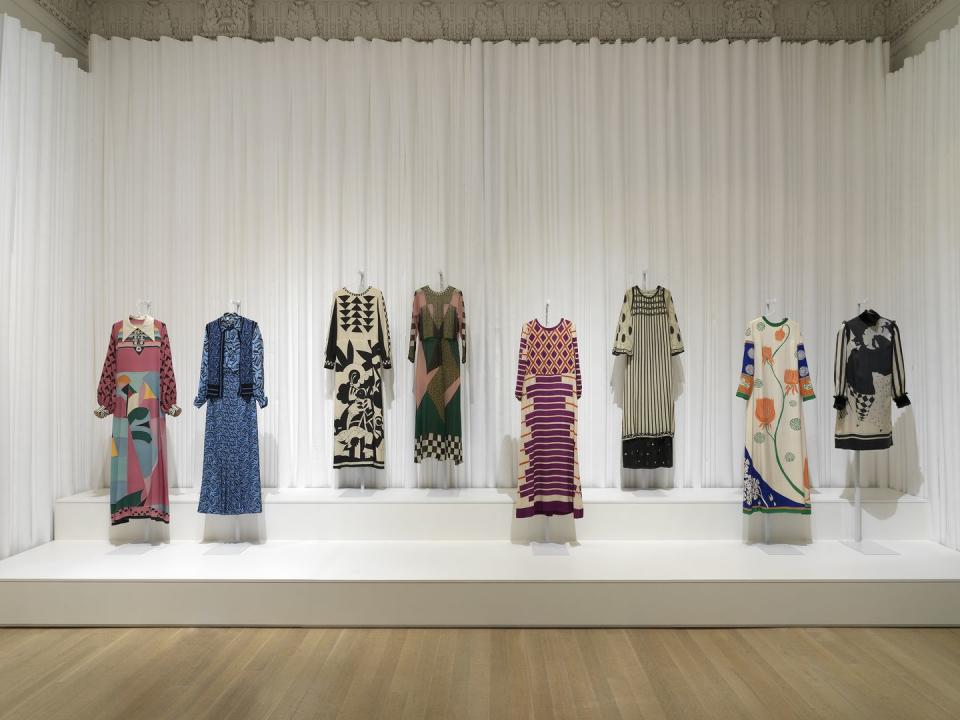
If you look at the history of the house, as Aghion is quick to point out, so much of the beauty and allure of the Chloé design ethos revolves around this idea of play, of feminine freedom, and the notion that clothes don’t need to be strict or cumbersome for the wearer to be taken seriously. For example, Aghion points to her grandmother’s original “T-shirt dresses,” as Gaby would call them—in fact, they were and are anything but simple.
“A hand-painted, silk T-shirt dress isn’t exactly a T-shirt,” she says, smiling. “I remember first seeing pictures of my grandmother wearing some of the original designs, and I realized how much they epitomize the playfulness of the brand.” She notes how light the dresses are. “I had the chance to wear one once, and I had the feeling of—not of being naked, but almost feeling like physically not having anything on your body.”
She adds: “It felt like I was just dressed enough—I felt the spirit of that juxtaposition between extremely high luxury and the simplicity of sportswear.”
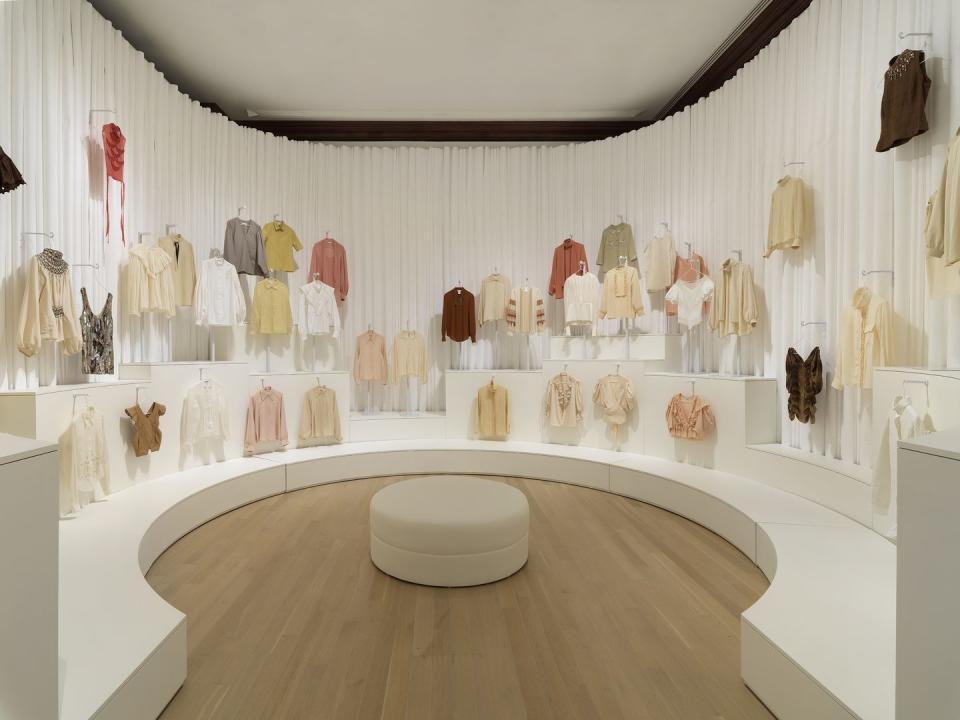
This is a balance that also seems to be top of mind for many designers as they look to spring 2024, a sense that in a chaotic, confusing, and polarized moment, women need clothes that keep us grounded yet offer us the opportunity to move about in the world, in our own ways. It is playful but not precious, and that’s something that threads through the evolution of the house of Chloé and Aghion’s personal connection to her dear grandmother.
“Chloé is still playing with codes [of dress] today,” she explains. “A word that is used all the time is femininity. But I love that we don’t put an adjective to that—it’s not stiff. You can define it for yourself.
“When I go to the shows and I see workwear-inspired coming right after an evening dress—that, by the way, if I wear with my sneakers I would love to wear in the afternoon—that makes me so happy,” Aghion says. “It’s not preserving [my grandmother’s work] as a heritage, as a fixed kind of archival thing. It’s exploring today. I’ve been talking to people about what I feel my grandmother’s legacy was at Chloé and to me. It was not that she gave a single definition of femininity, but that she created a playground for all of her clients to play.”
You Might Also Like

